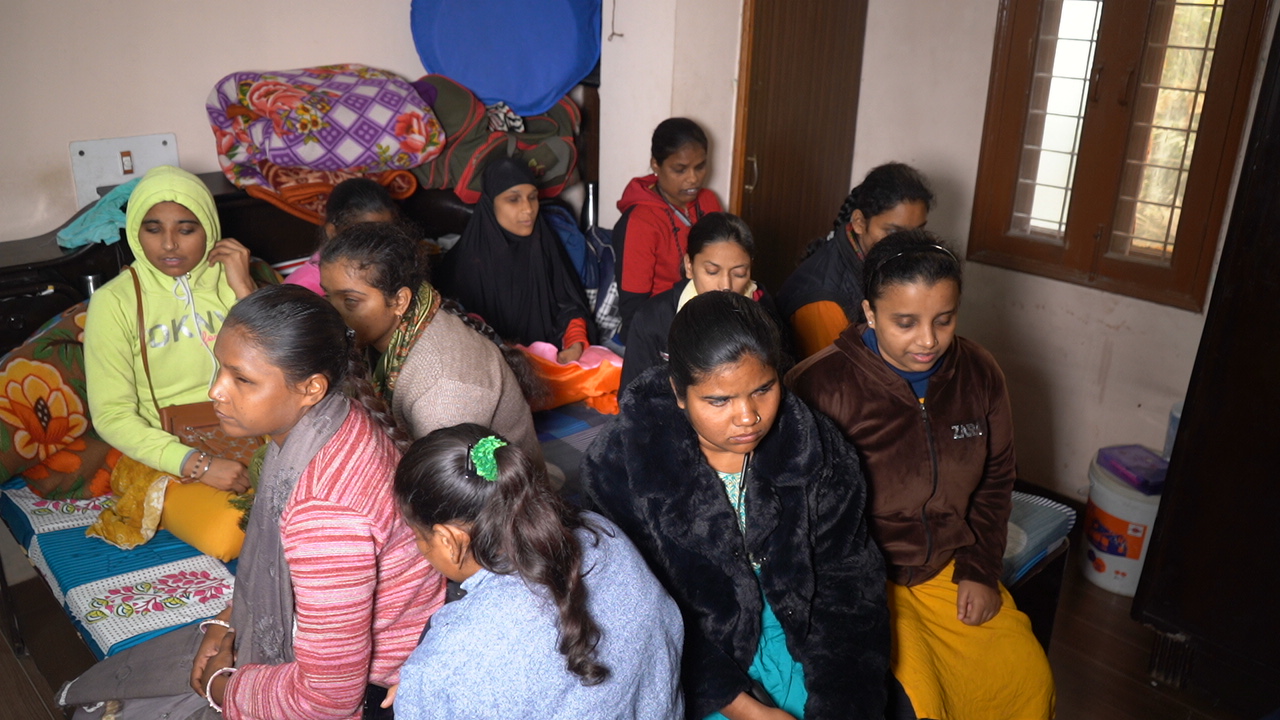
Training visually impaired individuals to lead a normal and independent life involves a combination of specialized training and adaptive techniques. Here are some key points on how we impart training to visually impaired people in various aspects of daily living: